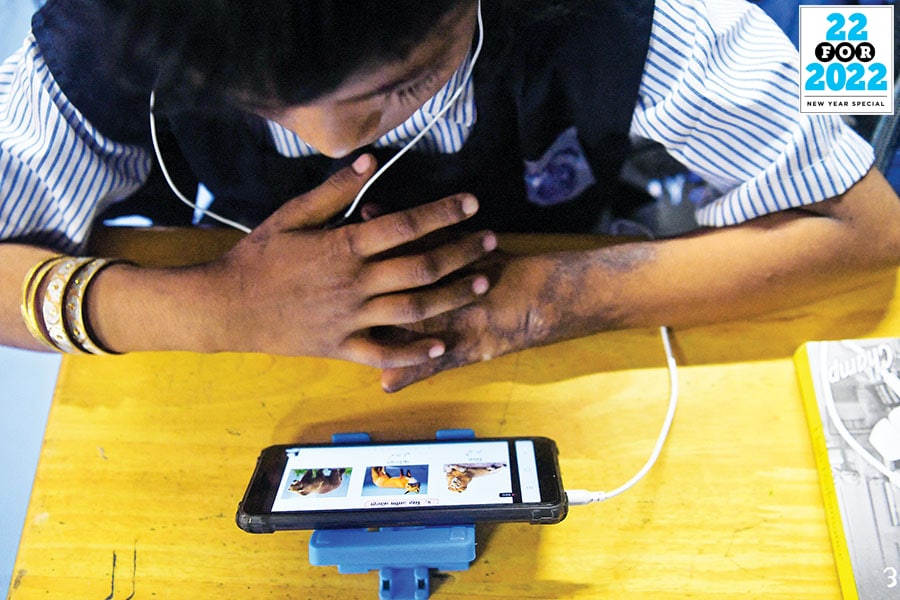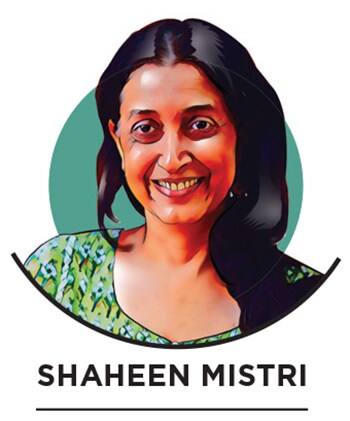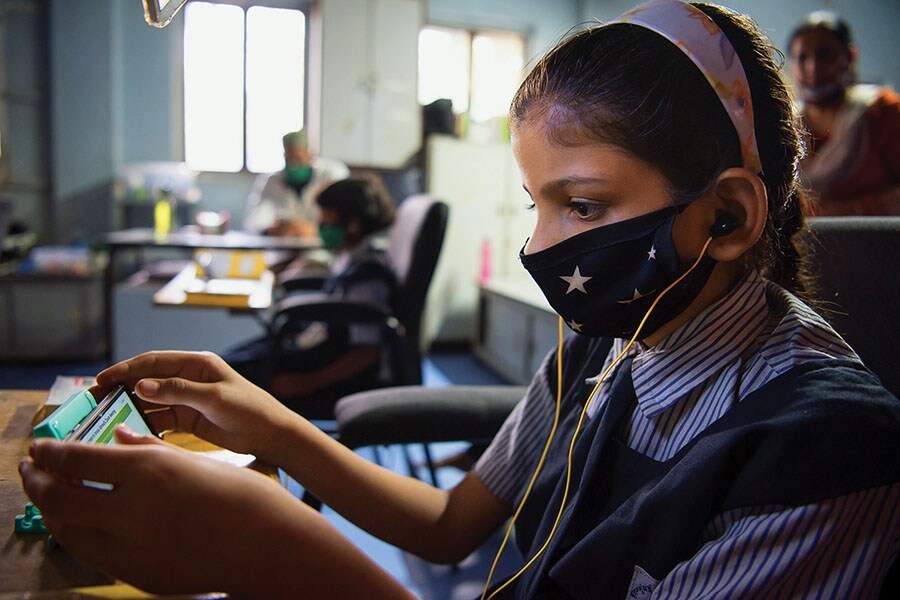
It's time to reimagine education and learning to do right by India's future: Shaheen Mistri
Many budget private schools have lost over 50 percent students permanently and let go of 50 percent teachers; learning loss is predicted to be in excess of four years; child marriage is up, so is obesity in children and eye issues. It's time to take these challenges to reimagine education for our children, the CEO of Teach for India writes
 The benefits of online learning can be many: Imagine a child in a small rural school listening to the great ideas of the world
The benefits of online learning can be many: Imagine a child in a small rural school listening to the great ideas of the world
Image: Indranil Mukherjee/ AFP
 The past 600 days (and counting) have been among the most trying for India’s children. School closures have led to wide-ranging implications. Learning loss is predicted to be in excess of four years, mental anxiety, stress and isolation have sky-rocketed, and violence against children is up significantly.
The past 600 days (and counting) have been among the most trying for India’s children. School closures have led to wide-ranging implications. Learning loss is predicted to be in excess of four years, mental anxiety, stress and isolation have sky-rocketed, and violence against children is up significantly.
Many budget private schools have lost over 50 percent of their students permanently and let go of 50 percent of their teachers. And online just hasn’t worked. For 60 percent of Indian children, it hasn’t worked because they don’t have access to hardware. For those that have, it hasn’t worked because kids don’t like learning online, and teachers, largely, have not been able to build connections online, adapt to online teaching or measure online learning.
The list goes on: Child marriage is up, child labour is up. Kids are more obese. They are developing eye issues with long hours staring at a screen. They are bored and want to play.
The long-term implications of this on our children are catastrophic. For many of them, this will affect the colleges they go to, the jobs they get, and their ability to socialise. Many of them look at us and how we’ve deprioritised education, wondering if education really is their fundamental right. Many of them wonder why, as adults, our lives are back to normal when only their lives are not.
(This story appears in the 30 November, -0001 issue of Forbes India. To visit our Archives, click here.)




 Kids are developing eye issues with long hours staring at a screen. They are bored and want to play
Kids are developing eye issues with long hours staring at a screen. They are bored and want to play



